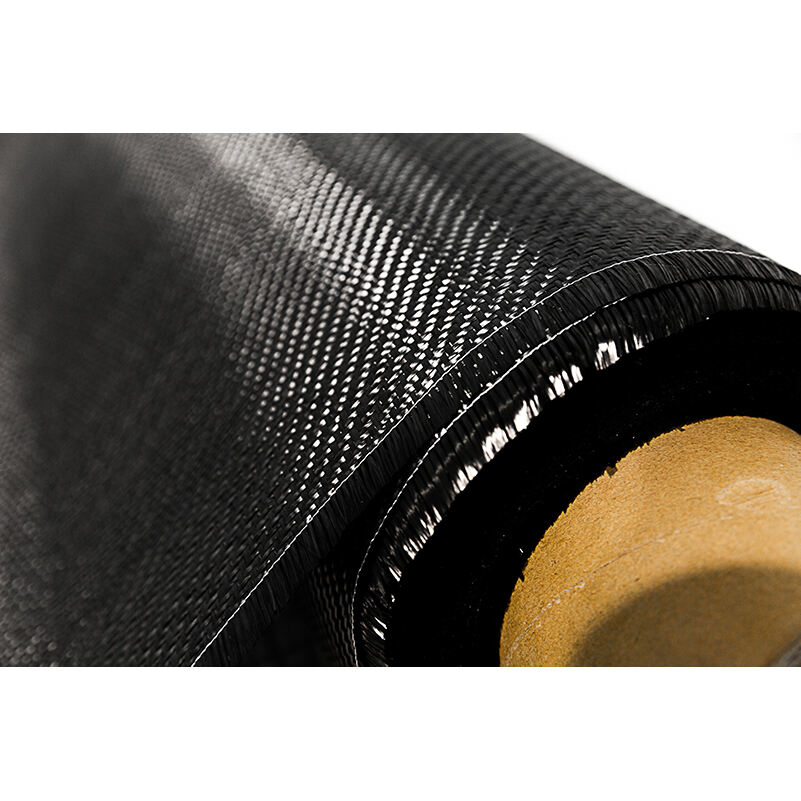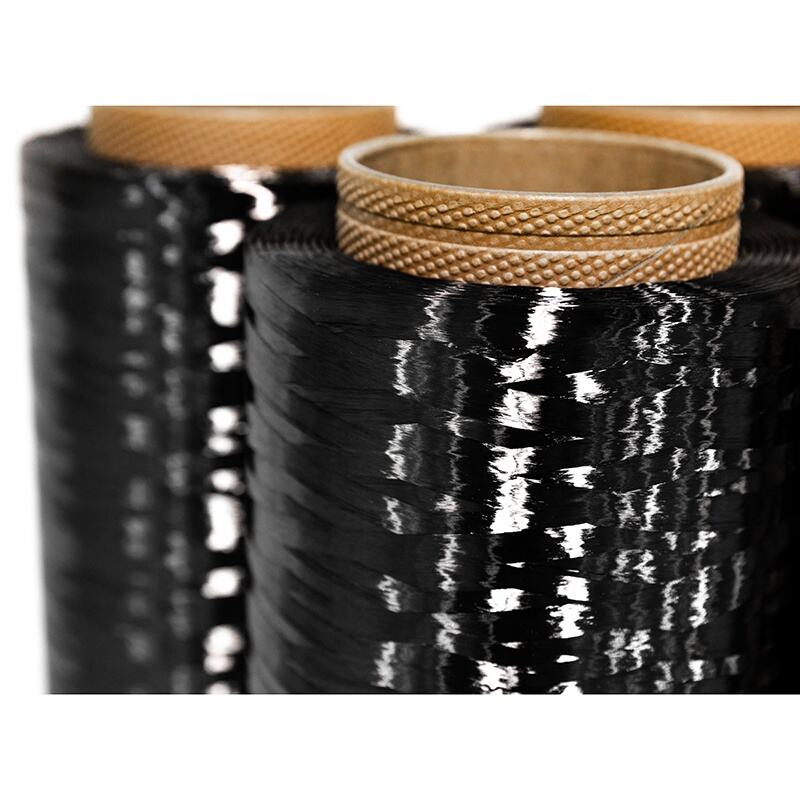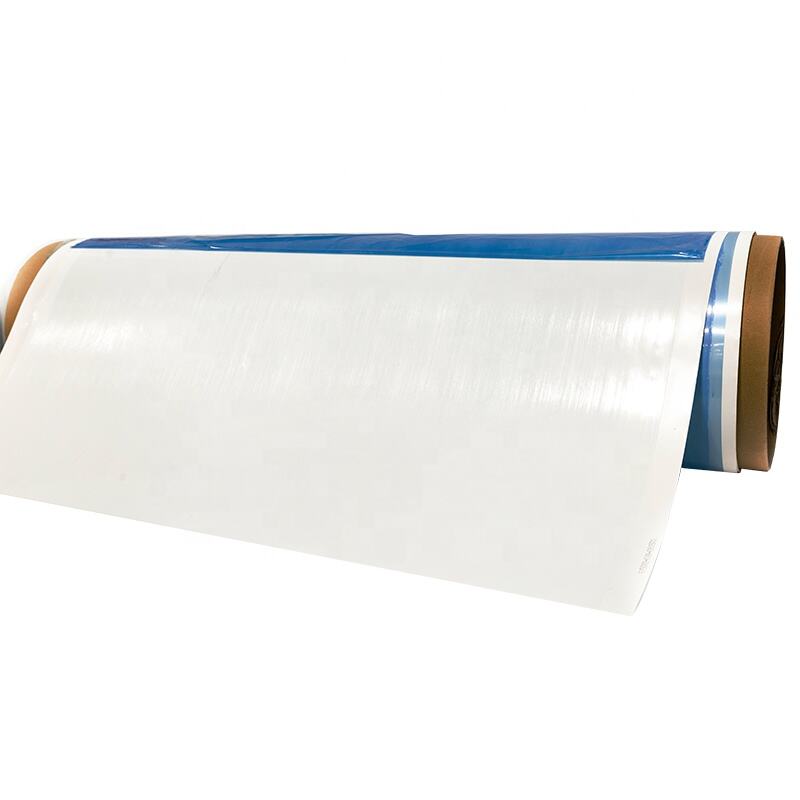carbon fiber filament
Carbon fiber filament represents a groundbreaking advancement in 3D printing materials, combining the strength of carbon fiber with the versatility of traditional thermoplastics. This innovative material consists of real carbon fibers embedded within a polymer matrix, typically PLA or PETG, creating a composite that offers exceptional mechanical properties. The filament's composition typically features a precise blend of chopped carbon fibers, ensuring optimal distribution throughout the base material for consistent performance. When used in 3D printing, carbon fiber filament produces parts with remarkable strength-to-weight ratios, often approaching the durability of aluminum while maintaining significantly lower weight characteristics. The material exhibits outstanding dimensional stability, minimal warping tendencies, and excellent layer adhesion, making it ideal for producing functional prototypes and end-use parts. Its unique properties make it particularly valuable in applications requiring high stiffness, such as aerospace components, automotive parts, and precision engineering tools. The filament prints at temperatures ranging from 220°C to 260°C, depending on the specific formulation, and typically requires a hardened nozzle due to its abrasive nature. This material has revolutionized the capabilities of desktop 3D printing, enabling users to create professional-grade parts with industrial-level performance characteristics.


